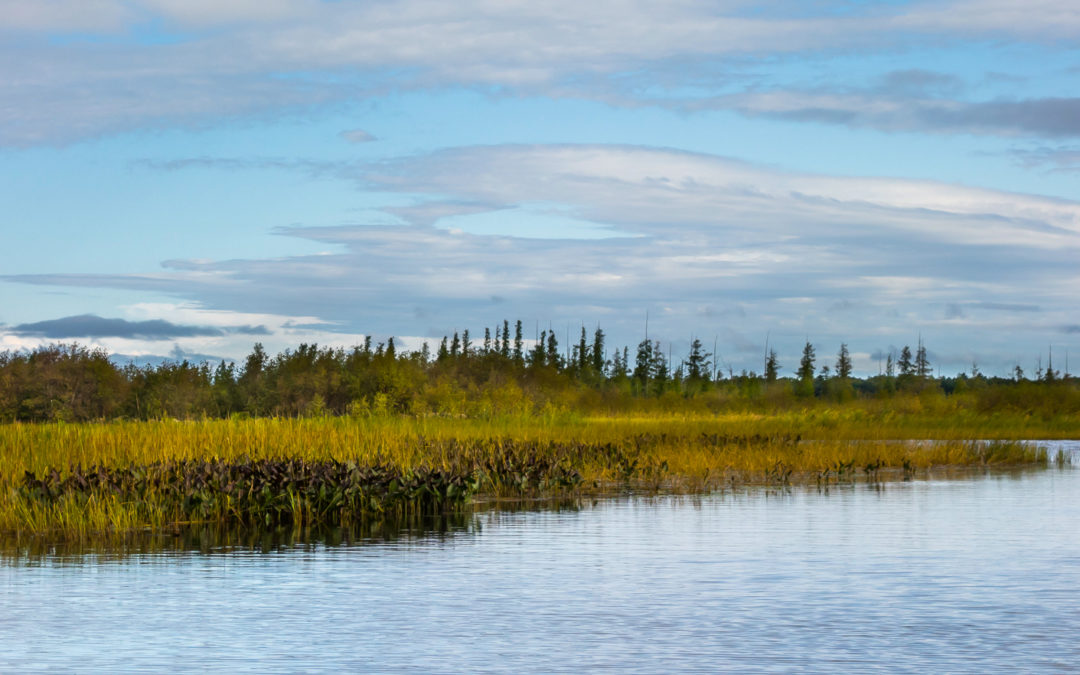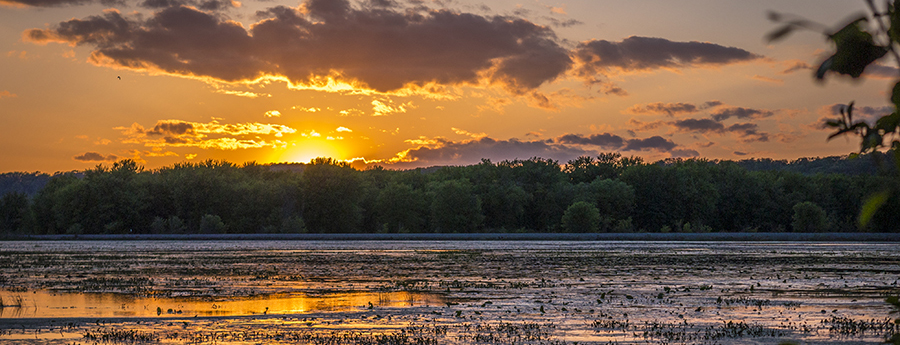The Wisconsin Wetlands Association (WWA) recently provided comments to Governor Evers’ 2020 Task Force on Climate Change to underscore the importance of healthy hydrology for managing water and, ultimately, building resilience to climate change. Throughout the state, changing precipitation patterns and extreme storm events pose urgent problems for our communities.
While these challenges are daunting, there are opportunities to make changes that are good for our natural world and solve problems for our communities.
The opportunity to forge partnerships
Individual landowners, farmers, businesses, community leaders, state policymakers, and conservation groups are increasingly working side by side to understand the problems caused by drastic swings in precipitation and large storm events. WWA has been happy to partner with diverse partners in our current place-based projects. These partnerships help us see the similarities between the problems we face and the solutions we desire. This is where the ability of wetlands to solve problems on our landscape, particularly those related to water, has garnered intense interest.
The opportunity to promote healthy watersheds
With these partnerships come multiple opportunities to learn about our watersheds. When we focus on what a healthy watershed looks like, we can start to appreciate the essential role of wetlands for water storage, water quality, groundwater infiltration, baseflow to rivers and lakes, plant & wildlife habitat, and so much more.
The opportunity to repair damage
Most of our state’s wetlands and floodplains have varying levels of degradation and extreme storm events make these problems worse by unleashing torrents of water and erosion. But opportunities abound to restore hydrology by putting more wetlands back onto the landscape in the right places, arresting erosion-induced wetland loss, and reconnecting floodplains. To implement these solutions at a large scale, Wisconsin needs a strategy to assess where the loss of wetland storage and lack of floodplain connection increases vulnerabilities and to restore these areas so they can provide the hydrologic function they did historically.
The opportunity to solve problems
Throughout the state, communities are struggling to protect people, buildings, farms, and transportation infrastructure from frequent and sometimes catastrophic floods. In other cases, groundwater depletion, low flows, and decreased lake levels disrupt farming, drinking water supplies, and recreational opportunities. These problems carry a substantial economic and ecologic price tag, especially when they happen repeatedly. Restoring upper watershed wetlands and reconnecting streams to adjacent floodplains can help alleviate these problems by reestablishing the natural capacity of wetlands to store and slow the movement of vast amounts of water. As climate change continues to deliver extreme weather, these functions become more and more crucial.
By working in partnership, we can seize the opportunities to solve shared problems and make our landscape more resilient to climate change.
WWA submitted our own comments to the Governor’s Task Force on Climate Change (read our full letter here).
Related content
WWA provides feedback to the Climate Change Task Force


